How To Treat & Prevent Carbon Monoxide Poisoning
According to the Centers for Disease Control and Prevention (CDC), 393 individuals died from accidental carbon monoxide poisoning in 2015. Carbon monoxide is a gas with no color, taste, or odor. It kills its victims stealthily by taking up the space in the hemoglobin in the blood that would normally be taken up by oxygen molecules. Patients initially feel dizzy and have a headache, nausea, vomiting, and start to have trouble breathing. As the concentration of the gas in their blood grows higher, their breathing difficulty increases, they may stumble and have an erratic heartbeat and visual disturbance. They may become cyanotic then lose consciousness. Eventually, if they are not treated in time, death occurs due to hypoxia, or lack of oxygen. Some individuals develop a cherry red skin color that is diagnostic of carbon monoxide poisoning, but this most often happens at a late stage or even after death. Children are more at risk from carbon monoxide poisoning than adults, and men are more at risk than women.
Carbon monoxide poisoning has no home treatment except to move the patient out of the infested area and into fresh air. It requires immediate medical attention. Here are ways carbon monoxide poisoning is treated and prevented:
Breathing Pure Oxygen
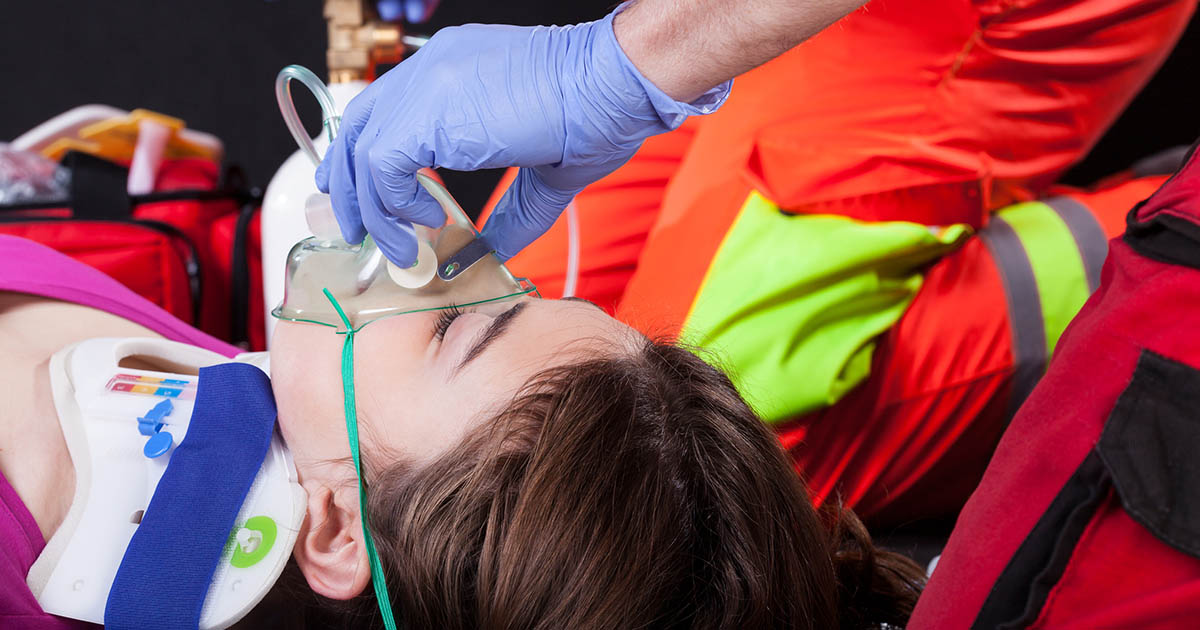
Normally, breathing in pure oxygen is hazardous, as oxygen is a metabolic poison. But it is life-saving for an individual who has carbon monoxide poisoning. Oxygen therapy is begun even before the patient is placed in the ambulance and continues in the hospital. Paramedics give the patient a mask that fits over their nose and mouth. They are then told to breathe in deeply to allow the pure oxygen to force the carbon monoxide molecules from their blood. The patient may need to keep the oxygen mask on for several hours before the carbon monoxide is cleared from their system, and the oxygen has begun to replenish their blood and organs. How well the patient recovers from carbon monoxide poisoning depends on how long they were exposed to the poisonous gas.
Review the next method of treating carbon monoxide poisoning.
Pressurized Oxygen Chamber
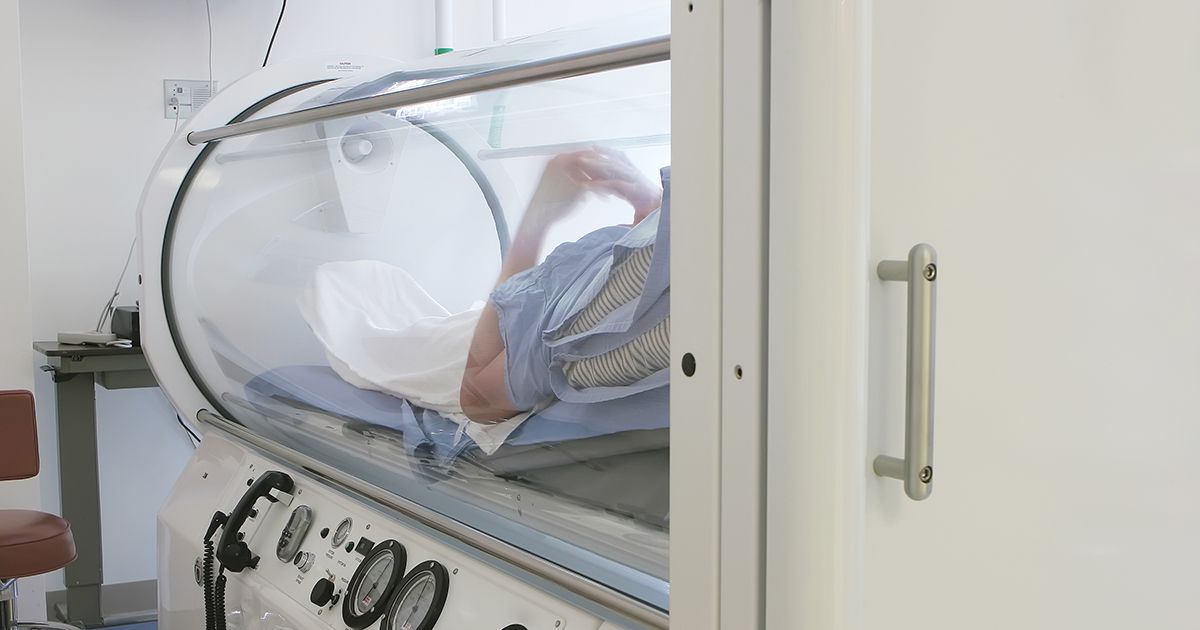
If the case of carbon monoxide poisoning is severe, the patient may be placed in a pressurized oxygen chamber. This allows oxygen to get into the organs far more quickly than it would through a mask. When the patient is put in this chamber, they are subjected to three times the normal air pressure. The patient needs to be prepared to enter the chamber by washing off all petroleum-based products, even makeup, as oxygen is so flammable, even these can be fire hazards. The patient can either be placed on a table and slid into a tube or recline in a room with other individuals who are also receiving pressurized oxygen. They usually stay in the oxygen chamber for about two hours.
Keep reading to discover more methods of treating and preventing carbon monoxide poisoning.
Testing All Appliances And Products For A Leak
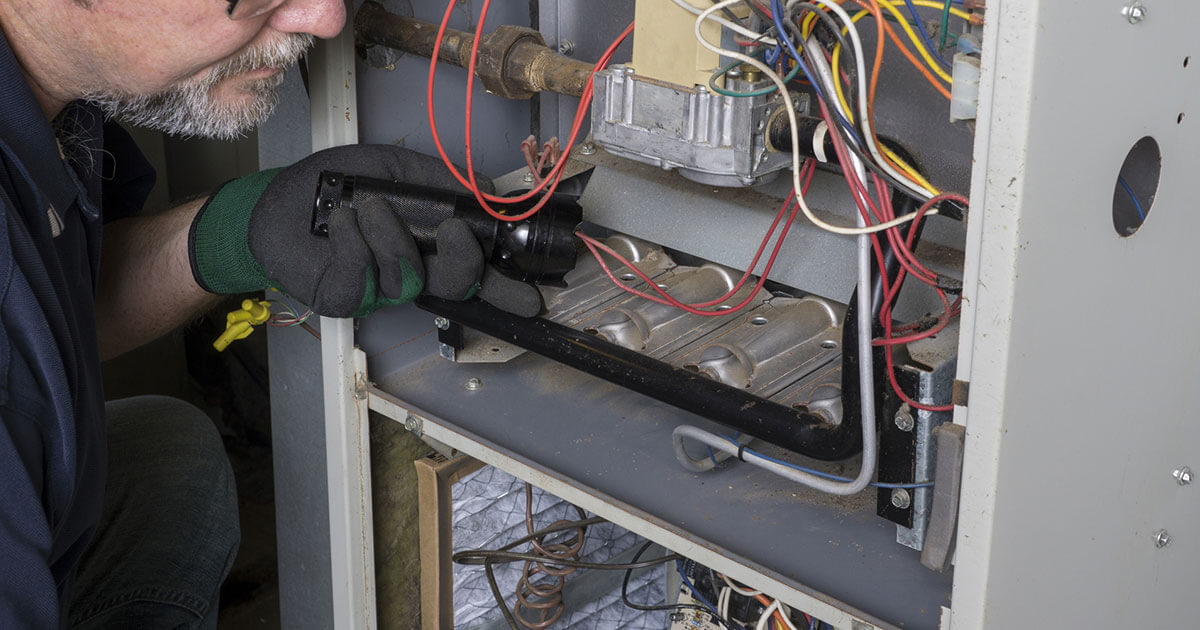
Carbon monoxide is a risk if the area is heated with a furnace or space heater that runs on oil, propane or natural gas, a wood or coal burning stove, or any other appliance that must vent to the outside. These appliances need to be tested regularly to make sure they are working properly and not adding carbon monoxide into the air inside the house. Fireplaces also need to be checked and serviced regularly. HVAC experts claim testing all appliances and products for a leak should be done twice a year, once at the beginning of the heating season, and again at the beginning of the cooling season.
Reveal the next major way carbon monoxide poisoning can be prevented.
Install A Carbon Monoxide Detector
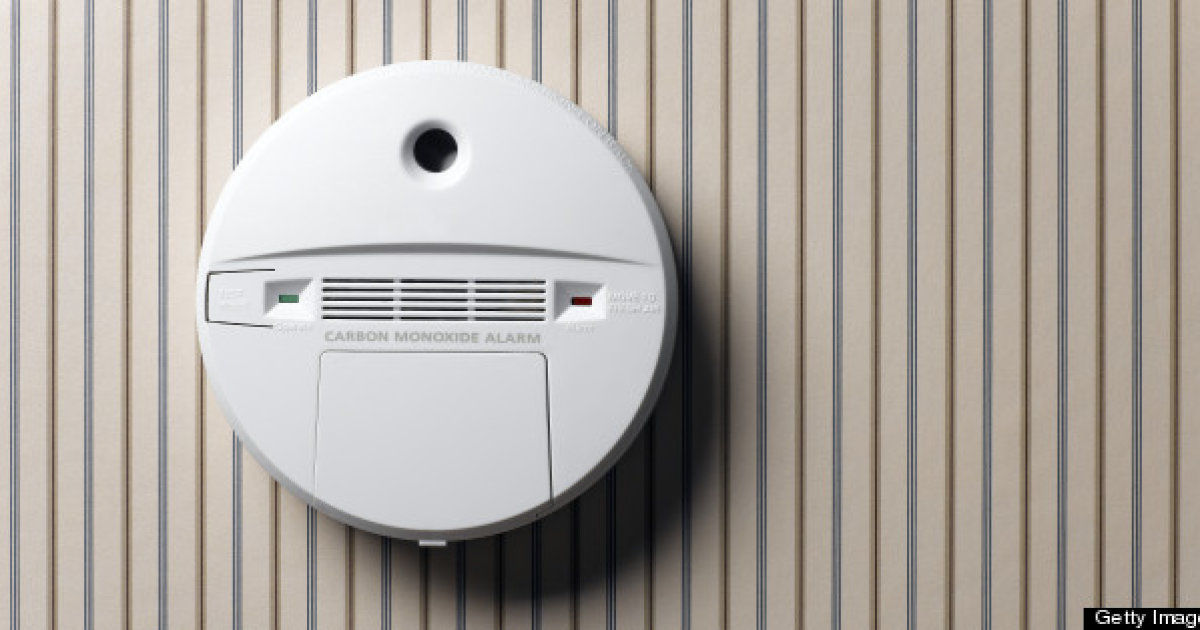
One easy way to prevent carbon monoxide poisoning is to install a carbon monoxide detector in the home. There should be one detector on every floor of the house, especially near bedrooms. They should not be put in the kitchen or the bathroom because the heat and humidity might impair their functioning. The batteries in a carbon monoxide detector should be replaced twice a year, and the detectors themselves should be replaced every two years or so. A carbon monoxide detector works by starting to beep when it detects a certain level of carbon monoxide in the air. It can work via a metal oxide semiconductor, biomimetic sensor, or electrochemical sensor.
Learn more crucial information about how to prevent carbon monoxide poisoning.
Maintain Anything That Produces Carbon Monoxide
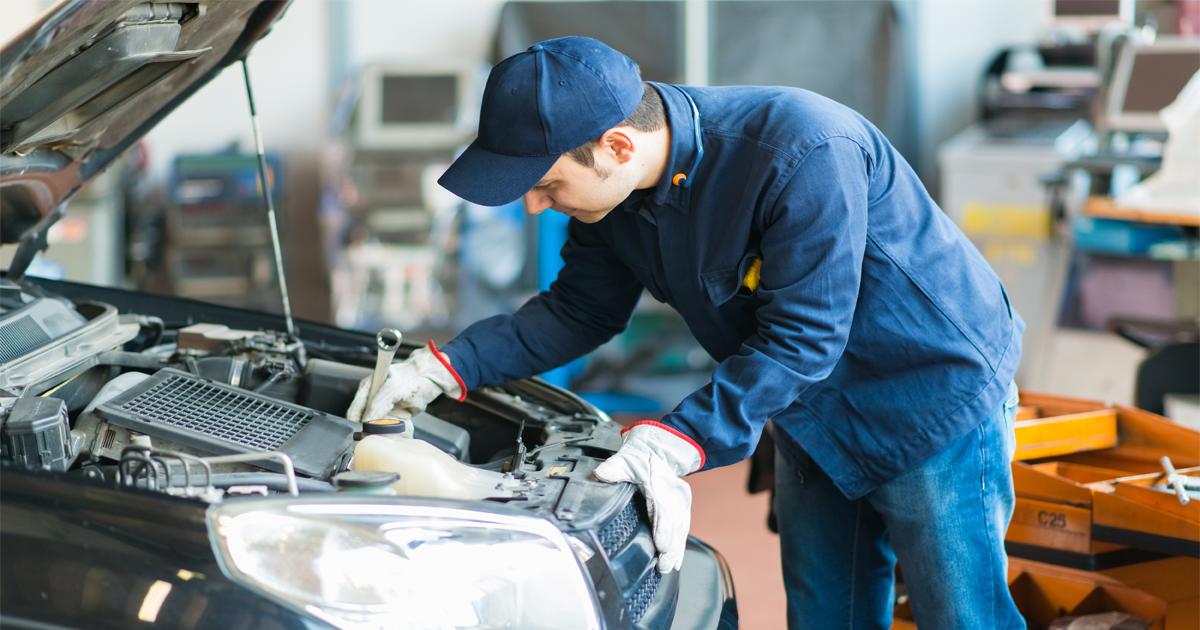
Though most individuals know not to sit in a car or truck that has its engine on in an enclosed space, these vehicles also need to be checked by a mechanic to make sure their exhaust systems are functioning. Indeed, the homeowner needs to maintain anything that produces carbon monoxide. Air filters need to be changed in furnaces and other heating units at least once a month. Professionals can check the flues to make sure they are not clogged and clean out debris such as leaves, twigs, and even the nests or dead bodies of animals. They can also make sure there are no leaks from the pipes and replace any pipes or vents with signs of damage.